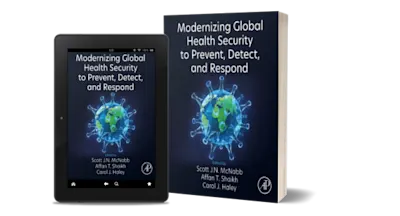LIMITED OFFER
Save 50% on book bundles
Immediately download your ebook while waiting for your print delivery. No promo code needed.

LABFAX volumes are purpose-designed data reference books for practicing scientists. Each book presents the key information for a major subject in one place and so saves hours of… Read more
LIMITED OFFER
Immediately download your ebook while waiting for your print delivery. No promo code needed.

AH
PD
DR